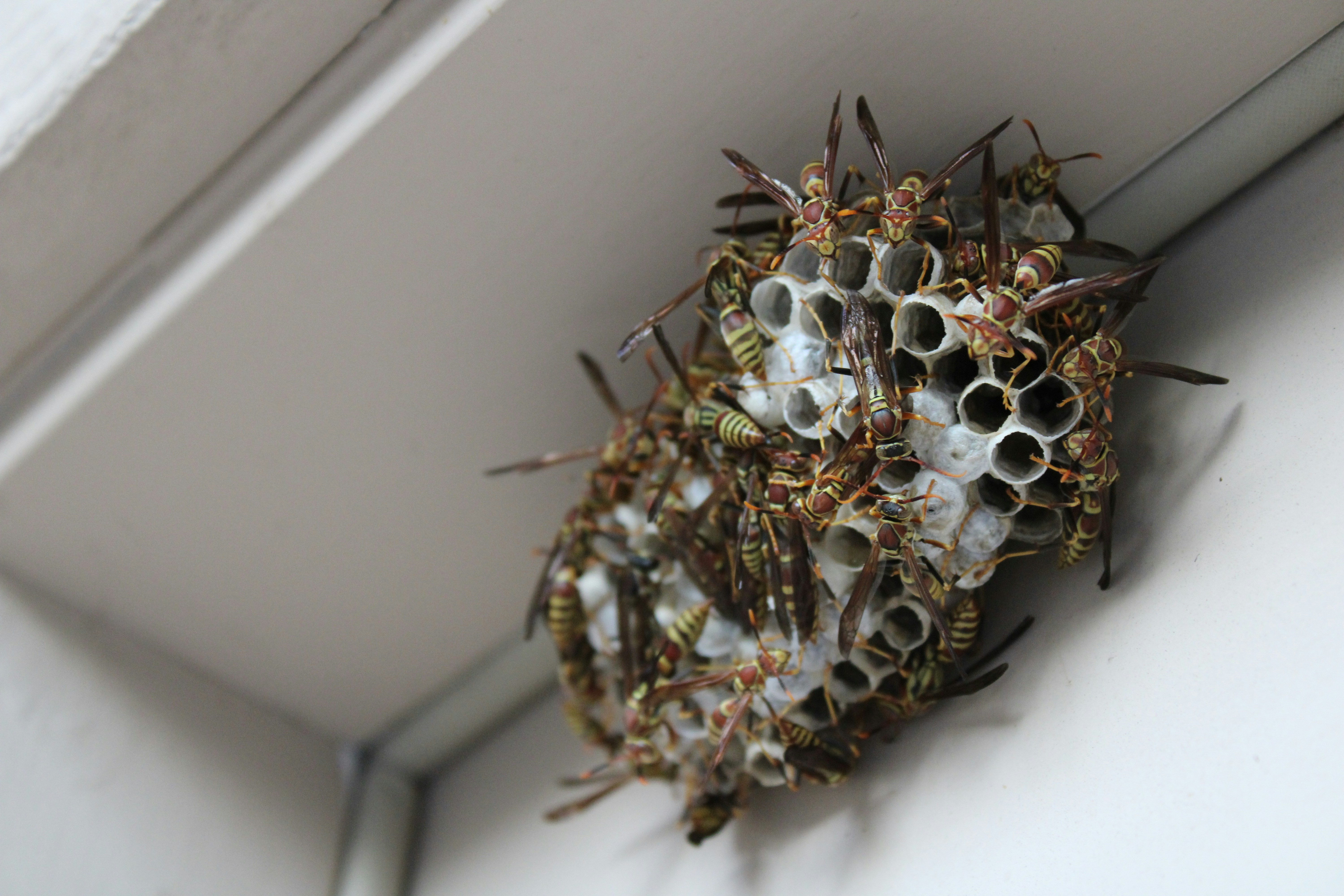Insect Architects: The Engineering of Wasp Nests

Category: Insects | June 16, 2025
When we think of architects, we picture humans sketching blueprints or drafting designs. But in the insect world, some of the most remarkable builders are wasps — nature’s master engineers. From tiny mud dwellings to enormous paper domes suspended from trees, wasp nests showcase the precision, ingenuity, and resourcefulness of these misunderstood insects.
**Paper from Wood, Without Machines**
Most social wasps — like yellowjackets and hornets — build their nests from chewed wood fibers. They scrape bark and weathered wood, mixing it with saliva to create a pulp. This paste dries into a thin, lightweight material remarkably similar to paper. Layer by layer, they construct multi-chambered homes that protect their colony from predators and weather.
**The Geometry of Nature**
Inside the nest, the wasps craft hexagonal cells in perfect alignment. These hexagons are not only space-efficient — allowing wasps to fit the maximum number of larvae in a small area — but structurally stable. The pattern, also used by bees and some other insects, is a marvel of biological engineering.
**Form Follows Function**
Each part of the nest serves a purpose. The outer shell insulates the colony and repels moisture. The inner core houses the queen and developing larvae, while worker wasps fan their wings to regulate temperature. Some species build vertical nests attached to branches; others hide their structures underground or in wall cavities, depending on species-specific needs.
**Solo vs. Social Builders**
While social wasps live in colonies and build large communal nests, solitary wasps are no less impressive. Mud daubers, for example, create intricate nests from tiny mud balls, forming tubes where they lay eggs and store paralyzed prey as food for their larvae.
**Adaptive Construction**
Wasps are adaptable builders. If a nest is damaged, they repair it quickly. If materials are scarce, they’ll use available resources creatively — even man-made materials. Some urban wasps have been observed using newspaper shreds or cardboard in their construction.
**Not Just Stingers**
Often feared for their sting, wasps are more than just pests. Their nests are testaments to the intelligence of instinct. They don’t study architecture — they inherit it through evolution, encoded in their behavior over millions of years.
**Living Blueprints**
Each nest tells a story of precision, cooperation, and survival. It’s not just shelter — it’s a living blueprint for how tiny insects can create some of nature’s most efficient, elegant, and functional structures.
Next time you spot a wasp nest, look beyond the buzz — and marvel at the architecture of instinct.
🌴 Jungle Chatter
Most popular reactions:
No reactions yet.